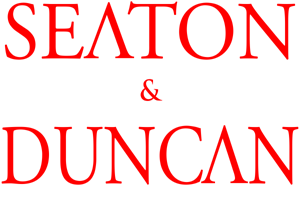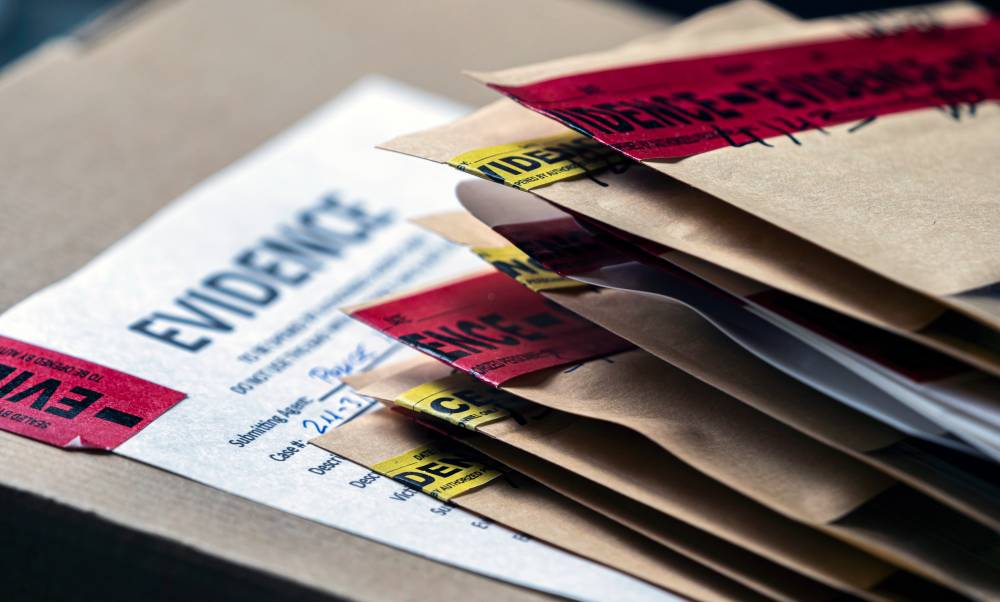What is “direct” evidence in South Carolina courts?
We looked at circumstantial evidence in a previous article, but we also need to understand direct evidence if we want to see the full picture.
In this article, we will discuss direct evidence, including:
- South Carolina’s definition of direct evidence,
- The types of evidence that can be used against you in a criminal trial,
- Examples of “direct evidence” in criminal cases, and
- How “direct testimony” means something different than “direct evidence.”
What is Direct Evidence?
Direct evidence “immediately establishes the main fact to be proved.”
This means that, if a prosecutor or defense attorney presents “direct evidence” that a crime was committed (or that a crime was not committed), the jurors will not need to make any assumptions about what happened or whether the fact sought to be proven is true.
We often tell jurors in closing arguments that “the State cannot guess a person into the penitentiary.” They must provide evidence beyond any reasonable doubt that the defendant was guilty, and jurors should never have to “connect the dots” attempting to figure out what happened.
If it is unclear, the defendant is not guilty.
This is why direct evidence is always better than circumstantial, or indirect evidence. Direct evidence directly proves the fact or facts that establish guilt or innocence.
If the witness says that they saw the defendant breaking into their house at midnight and leaving with a sack full of jewelry, if the jurors believe the witness, and if there is no reasonable alternate explanation, the defendant is guilty of burglary.
On the other hand, if the witness says they saw the defendant driving down the road in their neighborhood within approximately the same time frame as when someone broke into their house, the prosecution is going to need to prove additional facts before jurors can reasonably conclude that the defendant is guilty of burglary.
What Types of Evidence Can Be Used Against You?
Although circumstantial evidence is unreliable and often requires jurors to make assumptions or guesses, it is admissible in a criminal trial if it is not otherwise inadmissible under the Rules of Evidence.
Either type of evidence – direct or circumstantial – can be used in court if it is not otherwise inadmissible and if it is relevant.
Evidence is relevant if it has “any tendency to make the existence of any fact that is of consequence to the determination of the action more probable or less probable than it would be without the evidence.”
If the evidence tends to establish a fact that needs to be proven in the case, it will probably be admissible – the question then is not admissibility but weight.
How much weight should the jurors give a piece of evidence that only indirectly proves a fact as compared to a piece of evidence that is indisputable like a video of the crime being committed?
Examples of Direct Evidence in South Carolina
In the chart below are some examples of “direct evidence” followed by an example of “circumstantial evidence” that would likely require additional proof of guilt.
| Direct Evidence | Circumstantial/ Indirect Evidence |
| A witness testifies that they saw Fred (charged with murder) stab Johnny with a switchblade knife. | The witness testifies that they heard Fred (charged with murder) say, “I’m going to kill Johnny tonight.” |
| A surveillance video shows Fred (charged with murder) stabbing Johnny in the parking garage. | The surveillance video shows Fred (charged with murder) leaving the garage on the night Johnny was killed. |
| ATM footage shows Fred (charged with financial transaction card fraud) using Johnny’s credit card to withdraw money. | ATM footage shows Fred (charged with murder) using Johnny’s credit card to withdraw money. |
| A surveillance video shows Fred (charged with shoplifting) placing merchandise in his pocket before exiting the store without paying. | A surveillance video shows Fred (charged with shoplifting) entering and exiting the store. |
| Lilly testifies that her husband Fred (charged with domestic violence) punched her and shoved her. | A police officer testifies that when he arrived at Lilly’s residence she was injured, and Fred was present at the residence. |
| A police officer testifies that he found approximately 30 grams of what later was determined to be crack cocaine in Fred’s (charged with drug trafficking) pocket. | A “gang expert” testifies that Fred (charged with drug trafficking) is a member of a local gang whose primary purpose is to deal crack cocaine. |
| A narcotics officer testifies that she witnessed the “confidential informant” (CI) make a hand-to-hand transaction with Fred (charged with drug distribution) before returning with crack cocaine. | A narcotics officer testifies that she witnessed the CI enter Fred’s (charged with drug distribution) house before returning with crack cocaine. |
How is “Direct Testimony” Different from “Direct Evidence?”
It’s important not to confuse “direct testimony” with “direct evidence.”
When an attorney calls a witness to the stand to testify during the presentation of that attorney’s case (the prosecutor calling their lead investigator as a witness, or the defense calling the defendant as a witness, for example), that is called “direct testimony.”
When the other side’s attorney gets their turn to question the witness, that is called a “cross-examination.” With some witnesses, the first attorney will then continue with a limited “redirect.”
Evidence, whether it is direct or circumstantial, is usually admitted through witnesses’ testimony and can be presented during either direct examination or cross-examination.
Questions About Direct Evidence in South Carolina?
If you have been arrested for a crime in South Carolina, get help from an experienced South Carolina criminal defense lawyer immediately – before you talk to police or prosecutors.
Call 843-761-3840 or use this form to contact us today to discuss your case and start working towards the best possible outcome for you.
Ready To Speak With An Attorney?
Let’s discuss the details of your case and see if we can help.

